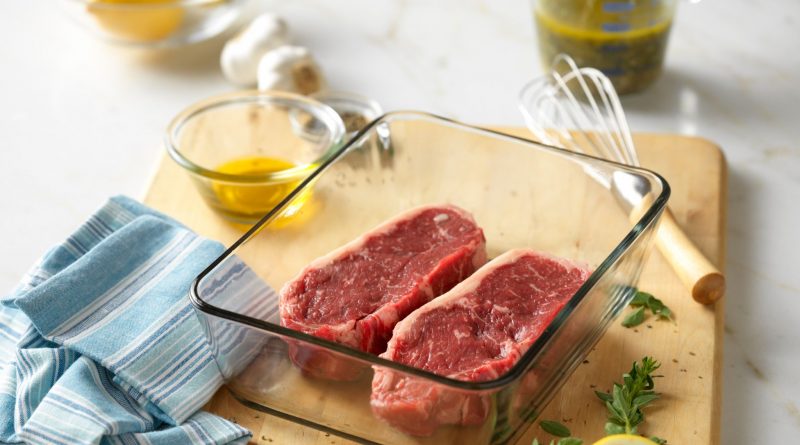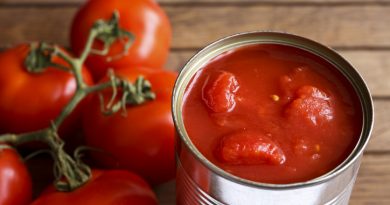How to Properly Thaw Beef?
Observing the suggested rules for appropriate defrosting can assist with guaranteeing your meat stays protected to eat.
Why You Shouldn’t Thaw on the Counter Top
Never defrost or thaw out meat at room temperature. To begin with, microbes flourish at temperatures between 40°f to 140°F, which is actually the temperature in your kitchen. Given a clammy protein food, similar to hamburger, microorganisms have the chance to increase to sums that might possibly make you and your family sick. Second, when you defrost meat, the juices can spill onto your ledge or different surfaces. This can prompt cross-tainting and conceivably spread the microorganisms unwittingly all through your kitchen.
Prescribed Ways to Thaw Beef
Putting away meat in the cooler is an astonishing way of saving hamburgers for a long time. You can freeze hamburger in its unique bundling for as long as about fourteen days. For longer stockpiling, envelop by rock-solid aluminum foil or in plastic cooler packs, eliminating however much air as could be expected.
At the point when the opportunity arrives to thaw out (or defrost) the hamburger, it ought to be done in any of the accompanying ways:
In the cooler (the most secure way!)
Spot your frozen bundle of hamburgers on a plate or plate to get any juices (and on the lower part of your cooler to keep away from cross pollution). Give yourself somewhere around 12 to 24 hours ahead of time to thaw out (additional time may be required relying upon the meat cut).
In the microwave
At the point when you want to get dinner on the table rapidly, attempt the simple microwave defrosting process underneath. Continuously recollect, when defrosting in the microwave, the hamburger should be cooked following. This is on the grounds that the microwave has a lopsided circulation of hotness, and a few pieces of the meat might have as of now begun to cook (which gives an incredible chance to microbes to develop and food to become dangerous if not cooked right away).
Under chilly running water
On the off chance that you decide to defrost your meat under chilly, running water, it requires more consideration than different strategies. To begin with, the meat should be fixed in a watertight bundle or plastic pack. If the pack spills, microorganisms from the air or general climate might actually be brought into the food. Moreover, the meat tissue might assimilate water, which can diminish the nature of the item.
Then, lower the sack in chilly faucet water, changing the water like clockwork so it keeps on defrosting. For a little bundle of hamburgers, around 1 pound, it can require an hour or less to defrost. A 3-to 4-pound bundle of meat can require 2 to 3 hours. In the event that the food is defrosted totally, it should be cooked right away. Meat defrosted utilizing the virus water strategy ought to be cooked prior to refreezing.
Cook without defrosting
Meat can be cooked straightforwardly from a frozen state. The cooking typically takes 50% longer than the suggested time for completely defrosted meat.
Cooking Your Beef
When your hamburger is defrosted utilizing any of the suggested strategies above, then, at that point, it’s an ideal opportunity to cook it. While you might hear some expert culinary specialists suggest cooking meat on “high” or over a “singing hot skillet,” for the home cook, this can bring about food that is burned outwardly and crude in within (or totally overcooked in general!). Make sure to consistently cook your meat to the legitimate negligible interior cooking temperature and actually look at utilizing a moment-read thermometer. Ground hamburger ought to be cooked to at minimum 160°˚F and steaks or meals to at minimum 145°˚F.




